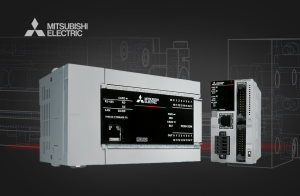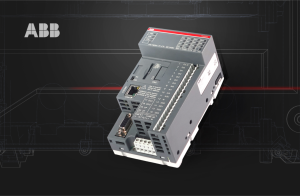New credit card technology is coming that will increase
security and decrease the likelihood of theft. But you’re still going to be asked to sign a receipt every once in a while.
By October 1, 2015, credit card transactions in the United States are
going to require technology that has been in use elsewhere for years: A
chip built into the card, promising better security against fraud. The
old way, swiping a card with a magnetic stripe through a machine, will
be phased out. And it will probably happen quickly; after October,
retailers using the old swipe terminals will be liable for fraudulent
purchases.
Credit card companies say it’s about time.
“The chip by itself will dramatically reduce counterfeit fraud, which is the most predominant fraud type today,” said Oliver Manahan, MasterCard’s vice president of emerging payments.
It’s been a long slog to get here, and the US is the last of the G20 countries to adopt the chipped cards.
There are many reasons why. Credit card companies have been reluctant to adopt them because the cards are more expensive to produce, retailers have been reluctant because payment terminals are costly to upgrade, and the US credit card system is complex. In addition to retailers who want easy transactions and financial institutions which want secure transactions, Visa and MasterCard sit between banks and retailers as the nation’s major credit card processors.
As the US has lagged behind chipped card adoption, fraud has risen. Magnetic stripe cards, which have been in use throughout the US since the 1970s, are far easier to clone than chipped cards. In all, $6 billion was lost to credit card fraud in the US in 2013, up from around $4.5 billion in 2011, according to a report from industry research firm Aite Group.
The type of fraud that the financial industry is most concerned about is counterfeit card fraud, said Kim Lawrence, a senior vice president at Visa who specializes in the adoption of chipped cards. She blamed the kind of major hacks at Target and other retailers where personal data including credit card numbers of tens and sometimes hundreds of millions of customers have been stolen.
The new system is far safer. The most commonly used type of chipped credit card is called EMV for the finance firms Europay, MasterCard and Visa, which developed the technology. These chipped cards could cut some types of credit card fraud in half, industry experts say.
Read full article on CNET
























